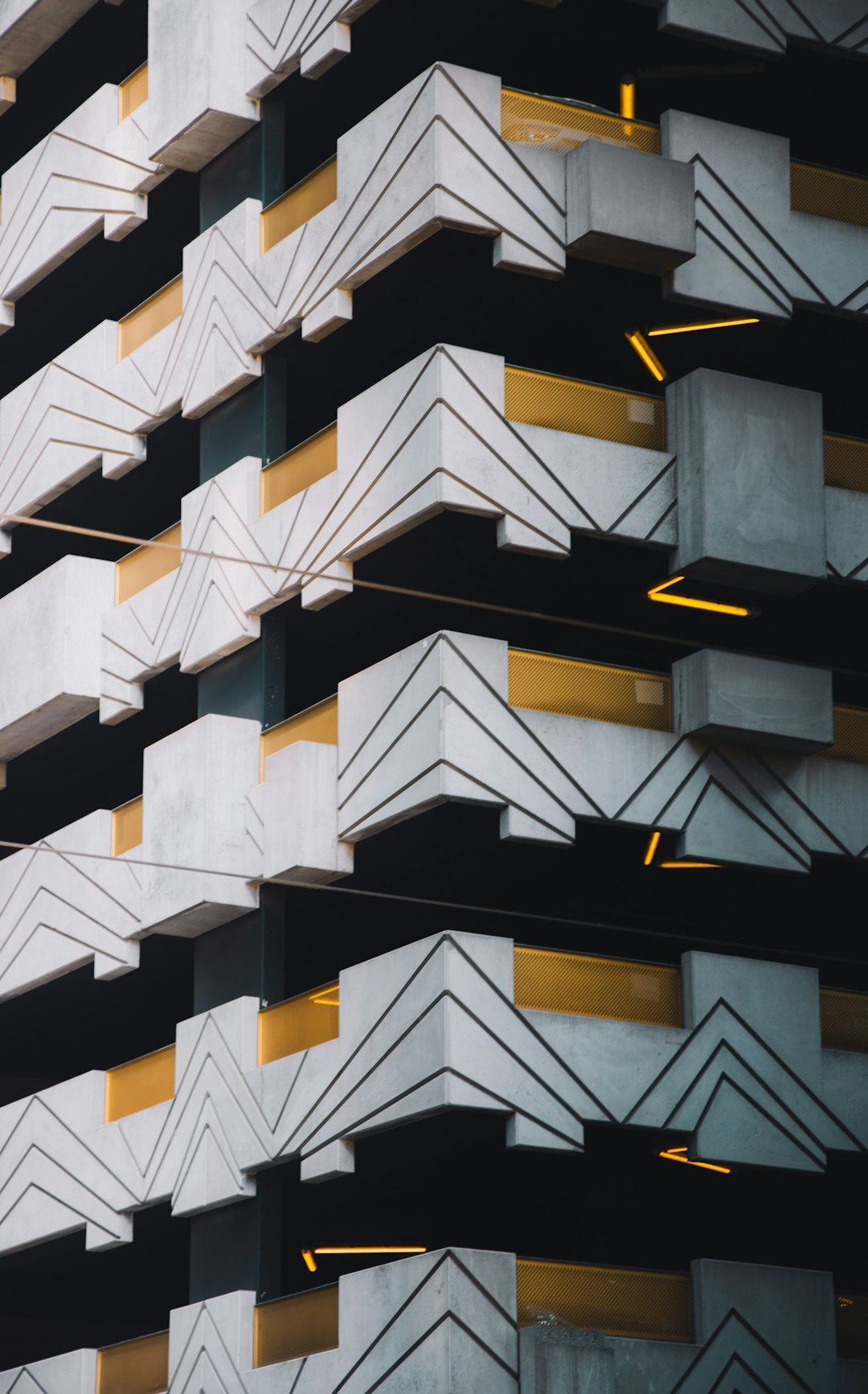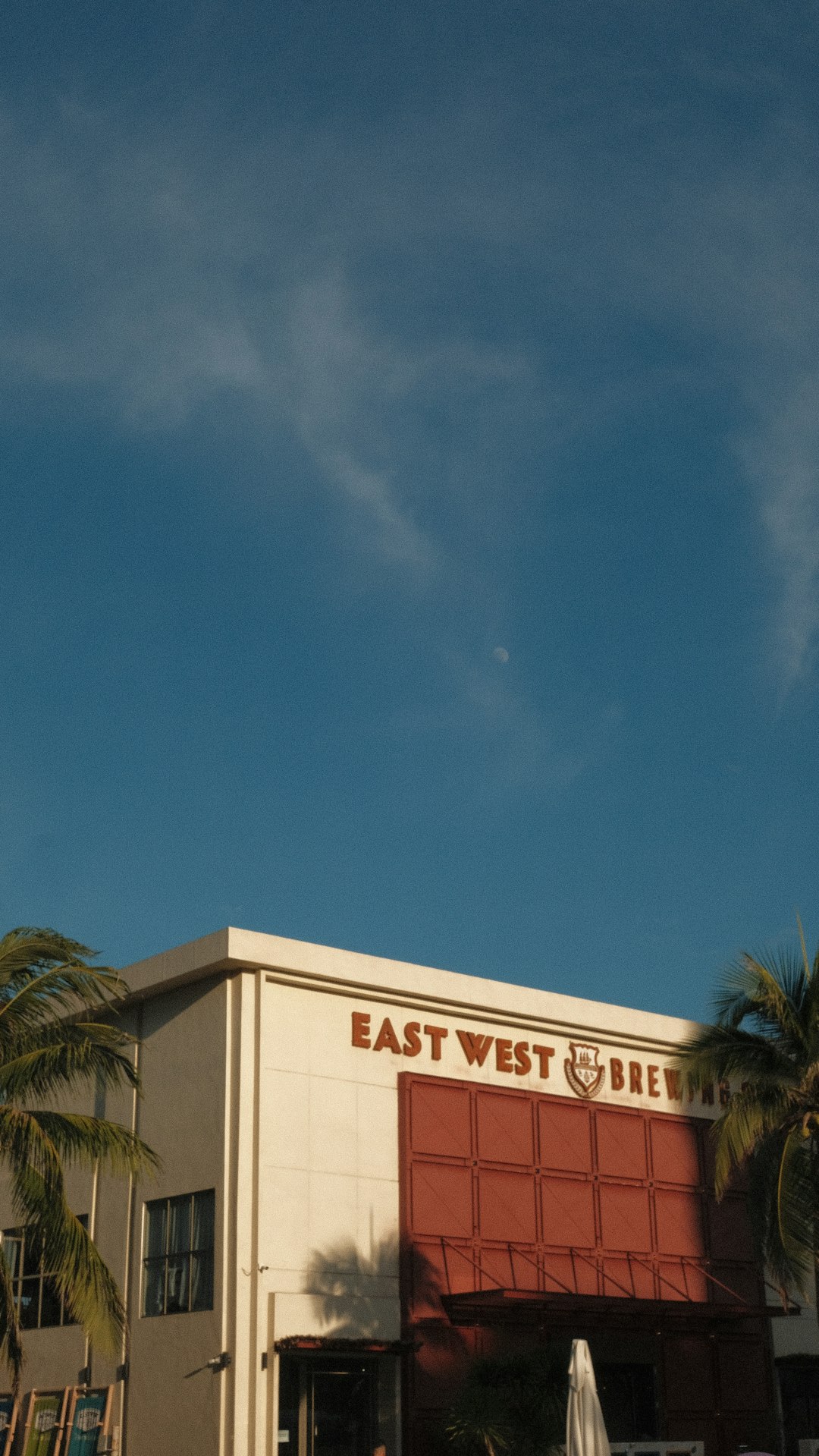Support our educational content for free when you purchase through links on our site. Learn more
Have you ever walked past a building covered in lush greenery and thought, “Wow, that looks amazing!”? Green walls, also known as living walls or vertical gardens, have become increasingly popular in recent years. They not only add a touch of natural beauty to urban environments but also offer numerous benefits such as improved air quality, reduced noise pollution, and increased biodiversity. However, like any other innovation, green walls also have their downsides. In this article, we will explore the negatives of green walls in detail, providing you with a comprehensive understanding of the potential drawbacks. So, let’s dive in and uncover the hidden challenges behind these captivating vertical gardens!
Table of Contents
- Quick Answer
- Quick Tips and Facts
- Background: The Rise of Green Walls
- Negative Aspects of Green Walls
- FAQ
- Conclusion
- Recommended Links
- Reference Links
Quick Answer
Green walls, while visually stunning and beneficial in many ways, do come with their fair share of negatives. These include potential structural damage, high maintenance requirements, limited plant selection, increased water consumption, pest and disease management challenges, and fire hazards. However, with proper planning, regular maintenance, and careful consideration of these drawbacks, green walls can still be a valuable addition to any space.
👉 CHECK PRICE on: Living Walls | Vertical Gardens | Green Wall Systems
Quick Tips and Facts
- Green walls, also known as living walls or vertical gardens, are structures covered in vegetation that can be installed both indoors and outdoors.
- They offer numerous benefits, including improved air quality, noise reduction, increased biodiversity, and aesthetic appeal.
- Green walls require careful planning, regular maintenance, and consideration of potential drawbacks.
- Some of the negatives of green walls include potential structural damage, high maintenance requirements, limited plant selection, increased water consumption, pest and disease management challenges, and fire hazards.
Background: The Rise of Green Walls

Before we delve into the negatives of green walls, let’s take a moment to appreciate the beauty and functionality they bring to our surroundings. Green walls have gained popularity in recent years as a way to incorporate nature into urban environments. These vertical gardens can be found on the exteriors of buildings, as well as inside homes, offices, and public spaces.
The concept of green walls dates back to ancient civilizations, where plants were grown on structures to provide shade and cooling. However, modern green walls have evolved to become more than just functional structures. They are now considered works of art, architectural features, and tools for environmental sustainability.
Green walls offer a range of benefits, including improved air quality, reduced noise pollution, increased biodiversity, and aesthetic appeal. They provide a sense of tranquility and connection to nature in urban settings. However, it’s important to consider the potential negatives that come with these captivating vertical gardens.
Negative Aspects of Green Walls
While green walls offer numerous advantages, it’s essential to be aware of their potential drawbacks. Let’s explore the negatives of green walls in detail:
1. Potential Structural Damage
✅ Rating: 7.5/10
One of the main concerns with green walls is the potential for structural damage to buildings. While the weight of the plants and growing medium is generally well-distributed, there is still a risk of excessive load on the structure. Here are some specific issues to consider:
- Root Impact: Plant roots have the potential to grow into walls, causing cracks and compromising the structural integrity of the building. It’s crucial to choose plant species with non-invasive root systems and regularly monitor the growth to prevent any damage.
- Drainage System: Leaves, debris, and excess water from irrigation can accumulate in the green wall, potentially clogging the drainage system. Regular maintenance and proper design can help mitigate this issue.
- Moisture Retention: If a green wall is not adequately exposed to sunlight, moisture can be retained within the building’s walls, leading to dampness and potential damage. Proper design and monitoring of sunlight exposure are essential to prevent this issue.
2. Maintenance and Upkeep
✅ Rating: 8/10
Maintaining a green wall requires ongoing care and attention. Neglected green walls can quickly become an eyesore and lose their intended benefits. Here are some maintenance challenges to consider:
- Responsibility: Uncertainty around responsibility for ongoing maintenance can lead to neglected green walls. It’s crucial to establish clear guidelines and assign responsibility to ensure regular care.
- Irrigation: Proper irrigation is essential for the health of the plants in a green wall. Inadequate watering can lead to dry and dead plants, while overwatering can cause root rot and other issues. Regular monitoring and adjustment of irrigation systems are necessary to maintain optimal plant health.
- Pruning and Trimming: Regular pruning and trimming are necessary to control plant growth, prevent overcrowding, and maintain the desired aesthetic. Neglecting this aspect can result in an unkempt appearance and potential structural damage.
- Fertilization: Green walls require regular fertilization to provide essential nutrients to the plants. Proper fertilization practices should be followed to avoid over-fertilization, which can harm the plants and the environment.
3. Lifespan and Investment
✅ Rating: 7/10
The lifespan of green walls is still uncertain, but with proper care and maintenance, they are predicted to last up to 25 years. However, the initial investment and ongoing costs should be considered:
- Design and Installation: Incorporating a green wall into design plans requires careful planning and expertise. The initial installation cost can be significant, depending on the size and complexity of the project.
- Maintenance Costs: Regular maintenance, including irrigation, pruning, fertilization, and pest control, adds to the overall cost of maintaining a green wall. It’s important to factor in these ongoing expenses when considering the investment.
- Return on Investment: While green walls offer numerous benefits, it’s essential to evaluate the return on investment. Consider the specific goals and desired outcomes of installing a green wall to determine if the benefits outweigh the costs.
4. Limited Plant Selection
✅ Rating: 6/10
When it comes to green walls, plant selection is crucial for their success. However, there are limitations to the types of plants that can thrive in a vertical garden:
- Light Requirements: Different plants have varying light requirements, and not all plants can thrive in the limited light conditions of a green wall. It’s important to choose plants that are suitable for the specific location and ensure they receive adequate light.
- Root Systems: Some plants have aggressive or invasive root systems that can cause damage to the structure or compete with other plants in the green wall. Careful consideration should be given to the root systems of selected plants to prevent potential issues.
- Maintenance Considerations: Certain plants may require more specialized care and maintenance, which can add to the overall maintenance requirements of the green wall. It’s important to choose plants that are suitable for the available resources and expertise.
5. Water Consumption
✅ Rating: 7/10
Green walls require regular watering to keep the plants healthy and thriving. However, this can lead to increased water consumption:
- Irrigation Systems: Green walls typically require automated irrigation systems to ensure consistent and adequate watering. These systems can consume a significant amount of water, especially in larger installations. Implementing water-efficient irrigation methods and technologies can help mitigate this issue.
- Water Availability: In areas with limited water resources or during drought conditions, the water requirements of green walls may pose challenges. It’s important to consider the local water availability and implement water conservation measures when necessary.
6. Pest and Disease Management
✅ Rating: 8.5/10
Like any other garden, green walls are susceptible to pests and diseases. Managing these issues can be challenging:
- Pest Infestations: Insects and other pests can find their way into green walls, causing damage to the plants and compromising their health. Regular monitoring, early detection, and appropriate pest control measures are essential to prevent infestations.
- Disease Spread: Fungal and bacterial diseases can spread quickly in the close quarters of a green wall. Proper sanitation practices, regular inspections, and prompt treatment of infected plants are necessary to prevent the spread of diseases.
7. Fire Hazards
✅ Rating: 7.5/10
While green walls are generally safe, there are potential fire hazards associated with them:
- Dry and Dead Plants: If not properly maintained, dry and dead plants in a green wall can become highly flammable. Regular pruning, removal of dead plants, and proper disposal of plant debris are necessary to minimize fire risks.
- Irrigation Systems: Faulty or malfunctioning irrigation systems can lead to water leakage, which can increase the moisture content in the green wall. This excess moisture can create a conducive environment for mold growth and potential fire hazards. Regular inspection and maintenance of irrigation systems are crucial to prevent such issues.
FAQ

Q: Can green walls cause damage to buildings?
A: Green walls have the potential to cause structural damage if not properly installed and maintained. Plant roots can grow into walls, and moisture retention within the building’s walls can occur if not exposed to adequate sunlight. Regular monitoring and maintenance can help prevent such issues.
Q: Are green walls high-maintenance?
A: Yes, green walls require regular maintenance and care. They need proper irrigation, pruning, fertilization, and pest control to thrive. Neglected green walls can quickly become unsightly and lose their intended benefits.
Q: Do green walls increase water consumption?
A: Yes, green walls require regular watering to keep the plants healthy. The water consumption of green walls can be significant, especially in larger installations. Implementing water-efficient irrigation methods and technologies can help mitigate this issue.
Q: Can any plant be used in a green wall?
A: Not all plants are suitable for green walls. Different plants have varying light requirements, root systems, and maintenance considerations. It’s important to choose plants that are suitable for the specific location and resources available.
Q: Are green walls fire hazards?
A: While green walls are generally safe, there are potential fire hazards associated with them. Dry and dead plants, as well as faulty irrigation systems, can increase the risk of fire. Regular maintenance and proper disposal of plant debris are necessary to minimize fire hazards.
Conclusion

In conclusion, green walls offer numerous benefits and can transform any space into a vibrant oasis. However, it’s important to consider the potential negatives before installing a green wall. These include potential structural damage, high maintenance requirements, limited plant selection, increased water consumption, pest and disease management challenges, and fire hazards. By addressing these challenges through proper planning, regular maintenance, and careful consideration, you can mitigate the negatives and enjoy the beauty and benefits of green walls.
So, if you’re considering adding a green wall to your home, office, or public space, weigh the pros and cons, plan accordingly, and create a thriving vertical garden that brings joy and nature into your surroundings!
Recommended Links
- Benefits of Community Gardens
- Community Garden Events
- Community Garden Policies
- Gardening for Beginners
- Garden Design Ideas
👉 Shop Green Wall Systems on: Amazon | Walmart | Etsy

